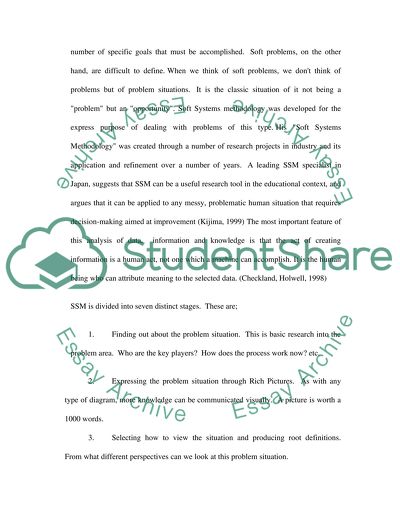Cite this document
(“Soft Systems Methodology Essay Example | Topics and Well Written Essays - 3500 words”, n.d.)
Retrieved from https://studentshare.org/science/1508295-soft-systems-methodology
Retrieved from https://studentshare.org/science/1508295-soft-systems-methodology
(Soft Systems Methodology Essay Example | Topics and Well Written Essays - 3500 Words)
https://studentshare.org/science/1508295-soft-systems-methodology.
https://studentshare.org/science/1508295-soft-systems-methodology.
“Soft Systems Methodology Essay Example | Topics and Well Written Essays - 3500 Words”, n.d. https://studentshare.org/science/1508295-soft-systems-methodology.


